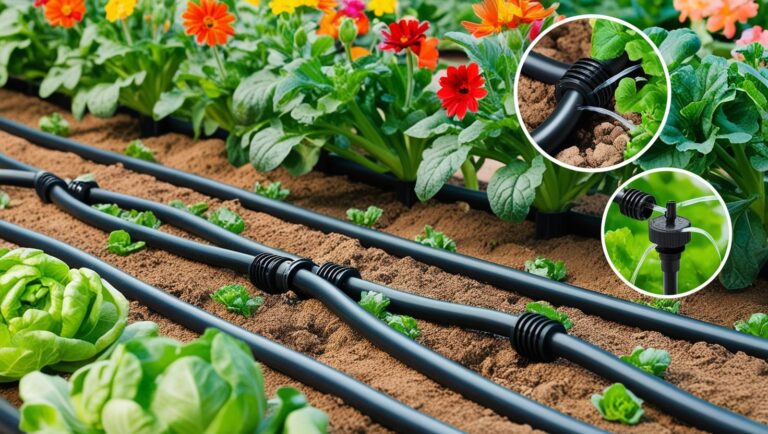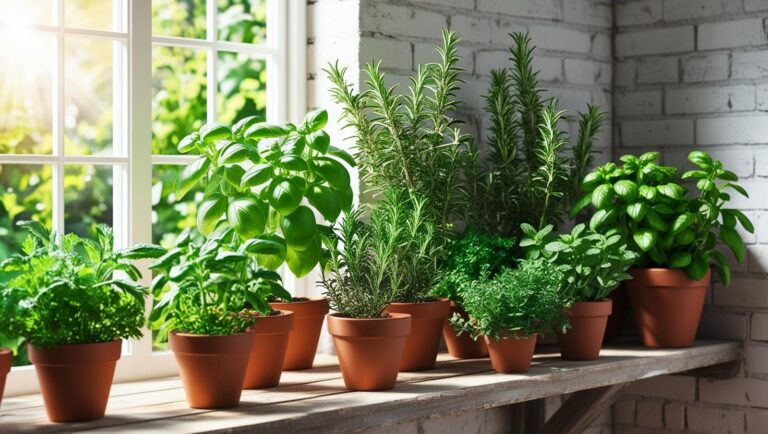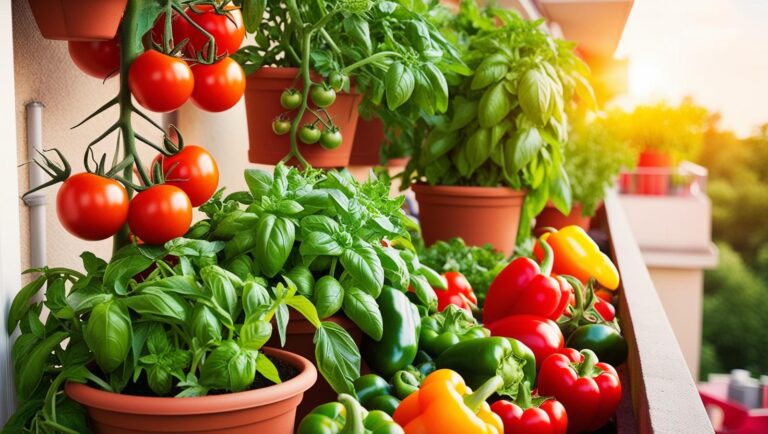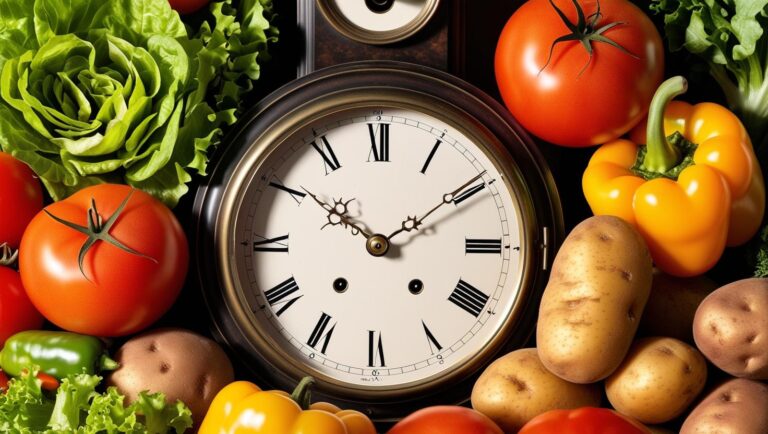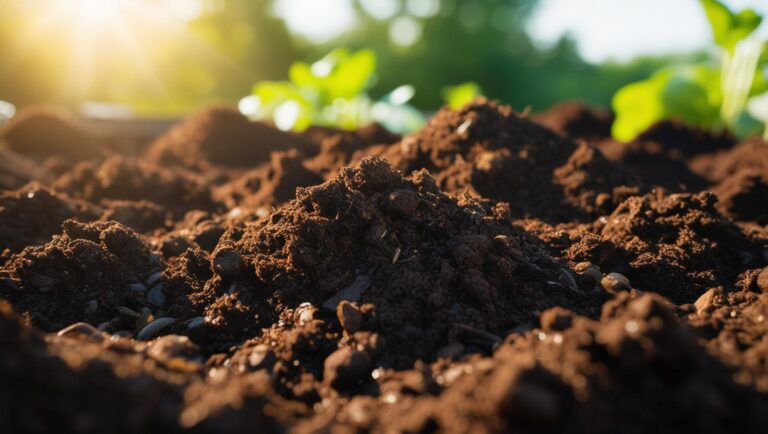Meta Description
Learn essential micro homestead budgeting strategies for 2024. Discover practical tips for achieving financial success, saving money, and creating a sustainable lifestyle on a small homestead.
Starting a micro homestead can be one of the most rewarding lifestyle changes, but budgeting for this journey requires careful planning.
Whether new to micro homesteading or looking to optimize your current setup, a well-planned budget can help you cut expenses, build savings, and achieve financial success.
In this article, we’ll break down expert tips and practical strategies to help you maximize every dollar on your homestead.
Understanding the Basics of Micro Homesteading on a Budget
So, let’s dive into the world of micro homesteading. First, you’re probably wondering: What exactly makes a homestead “micro”?
For me, it all started when I had a tiny backyard and a desire to grow my own food, save some cash, and feel more self-sufficient. But with limited space, I had to get creative—no sprawling fields or barns here, just a tiny yard with a few garden beds, a compost bin, and maybe a couple of chickens if I played my cards right.
People think homesteading requires tons of land and money, but micro homesteading is all about using what you’ve got, no matter the size.
I quickly learned it’s not about having acres of land; it’s about maximizing your space, minimizing your costs, and, honestly, being a little scrappy.
The beauty of micro homesteading is that it’s flexible—you don’t need a farm, just the willingness to make the most out of small spaces, from a backyard to a balcony. That said, one of the first things to wrap your head around is that you will have some expenses, especially up front, but they can be surprisingly manageable.
Here’s the deal: it’s easy to assume homesteading will immediately save you tons of money, but it can take time to see real savings.
The initial costs for basics like gardening tools, soil, seeds, and maybe a few DIY supplies can add up, so I always suggest budgeting carefully for those things right off the bat.
I learned the hard way not to go on a wild spending spree at the garden center (we’re talking $200 gone in one trip), thinking I “needed” everything. Start small and build over time.
One of the big myths is that all homesteading is “free.” Sure, my tomatoes save me a trip to the grocery store, but there are still water costs, mulch, and maybe even fertilizers if you need them. It’s all about being realistic with your budget and finding ways to cut costs without cutting corners.
The most surprising benefit? Micro homesteading gives you some control over your food and your expenses in a way that feels empowering.
I used to think of homesteading as a luxury, but it’s all about balance: finding a system that works within your means. The biggest misconception is that it’s an “all-or-nothing” lifestyle. Micro homesteading is more about finding small ways to make a big impact. Trust me, it’s possible—no matter your space or budget!
Setting a Realistic Homesteading Budget
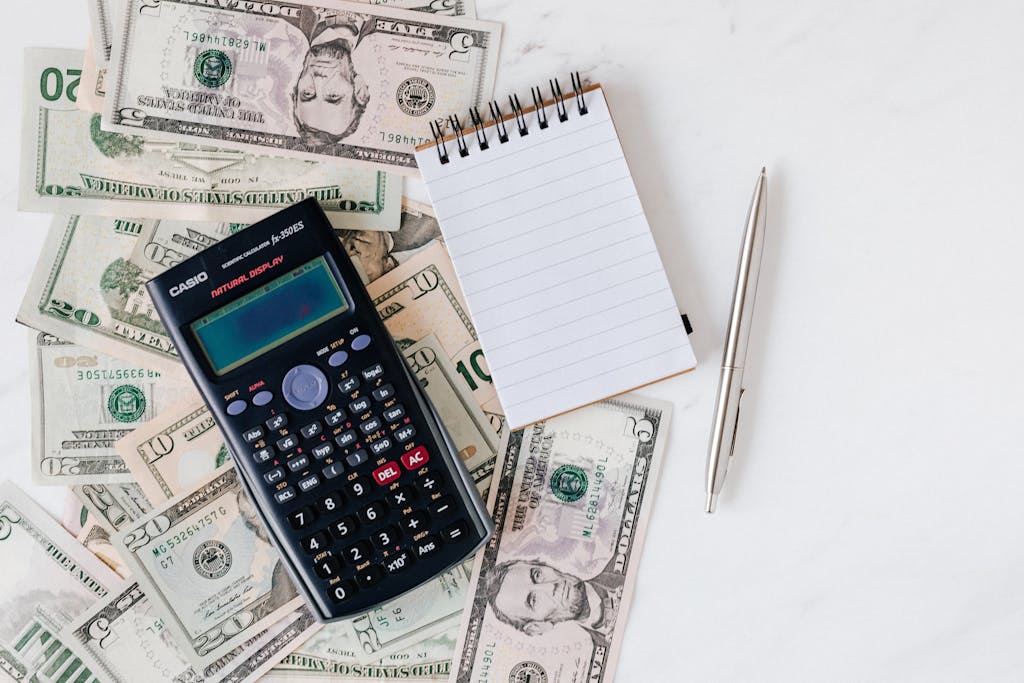
Let’s talk about budgeting for your homestead—the part nobody really prepares you for!
When I first started out, I had this rosy picture in my mind: fresh veggies, maybe a few chickens, and minimal spending. But reality hit pretty quickly when I tallied up the costs of soil, seeds, tools, and even small things like planters and watering cans.
It wasn’t crazy expensive, but it added up fast. And trust me, there’s nothing worse than starting a project only to realize you’ve blown through your budget halfway in.
The key is setting a realistic budget that covers both your initial costs and ongoing expenses.
Start by figuring out what you absolutely need in the first few months versus what can wait.
For instance, I went all out with seeds initially, but you can start with just a few basics, like tomatoes, lettuce, and some herbs. You don’t need every vegetable under the sun right off the bat—pick a few easy ones that’ll give you a good yield without a ton of effort.
Monthly expenses are another thing I didn’t think much about at first. Beyond the big upfront costs, there are recurring ones like utilities (water usage, anyone?), soil amendments, and any feed or care items if you’ve got animals.
I was surprised by how much water my little garden needed, especially in the summer months. A rain barrel was a lifesaver here—not only did it help with the water bill, but it’s also better for the plants since rainwater has fewer chemicals than tap water.
If you’re just starting out, see if you can add at least one water-saving setup like a rain barrel or even a simple drip irrigation system, which can be super cheap to DIY.
For tracking, a budget app or even a plain old spreadsheet can help you keep tabs on what you’re spending and saving. It’s tempting to let small costs slide but trust me, those few dollars here and there add up quickly.
I recommend jotting down all your homesteading expenses every month to get a clear picture of where your money is going. If you’re anything like me, you’ll be surprised at how much you can save by tweaking a few things here and there.
Last but not least, remember that you don’t need to buy everything new. Thrift stores, online marketplaces, or even homesteading groups can be goldmines for used tools and supplies.
I once snagged a practically new wheelbarrow and a set of garden tools for under $20 from a neighbor who was moving. If you keep your eyes open, you’ll be amazed at how much you can save by shopping around a bit.
The bottom line? Homesteading on a budget is totally doable, but it takes planning and a bit of discipline. Keep it simple at first, plan for ongoing costs, and be okay with taking it one step at a time.
The goal is to make your homestead sustainable for the long haul—both financially and in terms of lifestyle.
Essential Cost-Saving Tips for Micro Homesteaders
There are tons of ways to cut costs without sacrificing your setup.
First things first: start with free or cheap resources. It sounds obvious, but there’s a treasure trove out there if you know where to look.
Composting is one of the best things you can do for your garden, and it costs next to nothing. I started saving all my veggie scraps, eggshells, and coffee grounds, and in a few months, I had this nutrient-packed compost.
If you’ve got neighbors or friends who garden, see if they’re up for a seed swap too. I scored some great heirloom tomato seeds and basil from a swap that cost me exactly zero dollars.
When it comes to tools, resist the urge to buy everything at once! I fell into that trap early on, only to realize I was barely using half of it.
Check out second-hand shops or online marketplaces for deals on tools, and don’t overlook the power of borrowing. I borrowed a rototiller from a friend when I was setting up my garden beds, and it saved me hundreds.
Here’s another big saver: DIY projects. Not only do they save you money, but they also let you customize things to fit your space.
For instance, I wanted raised garden beds but couldn’t justify the cost of pre-made ones. So, I made my own out of old pallets! Many hardware stores or garden centers will give away pallets if you ask, and they’re pretty easy to turn into garden beds with just a few nails.
My rain barrel collects hundreds of gallons of water each season, and it’s basically free water for my garden. Plus, plants seem to love rainwater; I swear my tomatoes grew twice as fast! If you’re tight on budget, you can even make a rain barrel by attaching a basic spout to a large trash can—cheap and works just as well.
Finally, keep an eye on community resources. Local homesteading or gardening groups often have buy/sell/trade pages where people give away cuttings, seeds, or even full plants.
Micro homesteading doesn’t have to drain your wallet. With some creativity, DIY spirit, and willingness to try new things, you can build a thriving homestead without breaking the bank.
Building a Sustainable Food Budget
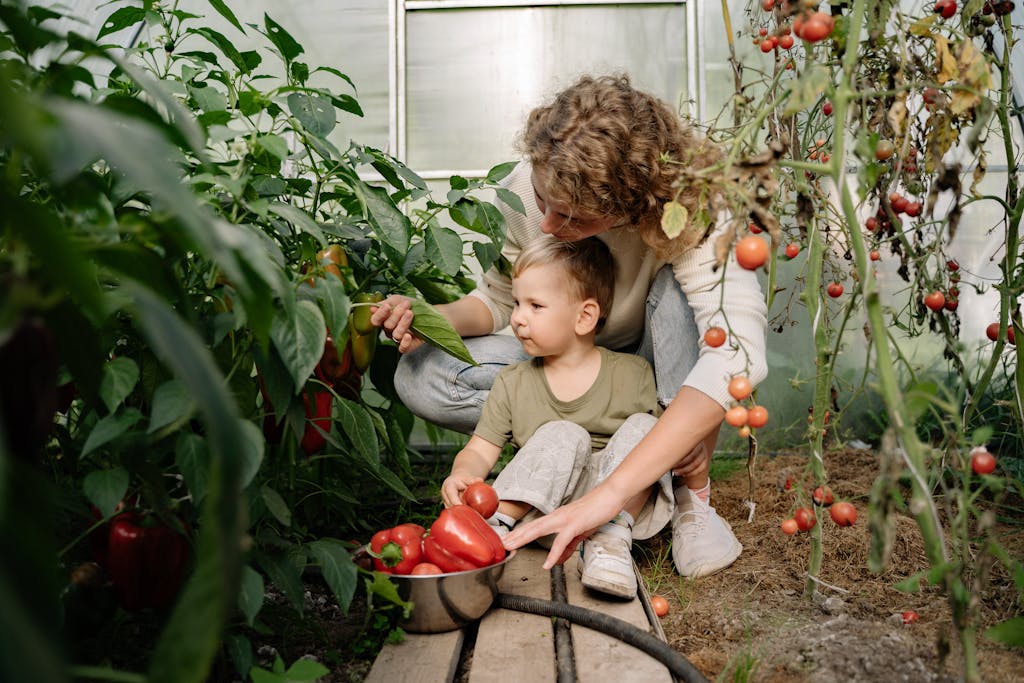
Creating a sustainable food budget is all about finding that balance between growing your own food and making smart, budget-friendly choices for what you buy.
I’ll admit, when I first started out, I thought I could grow everything I needed, but reality quickly set in. Not only did I realize I couldn’t produce it all, but I also found that certain crops are just more cost-effective to buy.
The key here is to be intentional—figure out what you can grow sustainably and what’s more affordable to buy from the store or farmers market.
One tip? Focus on high-yield crops that make a big impact on your budget. For example, things like tomatoes, zucchini, and leafy greens are great because they produce a lot throughout the season, saving you serious money on groceries.
I used to spend a ton on organic greens, but once I started growing my own, it was like getting free salad every day.
Root veggies, like carrots and potatoes, take up a lot of space for a smaller harvest, so I usually buy them in bulk instead. They’re cheap and last a long time if stored right.
Planning meals around what you’re growing also goes a long way toward a sustainable budget. I remember my first harvest; I had way too much zucchini and no idea what to do with it all.
Now, I plan meals that use up whatever’s in season, like soups, stir-fries, and casseroles. I also started freezing and preserving, which has been a game-changer.
Freezing greens or canning tomatoes is easy, and it lets me enjoy my garden’s bounty even in the winter, reducing grocery trips and stretching my budget.
If you’re into raising chickens or rabbits, that’s fantastic, but buying protein is more realistic for many micro homesteaders. I buy meat in bulk and freeze it in smaller portions—it’s cheaper than buying one package at a time, and I can defrost just what I need.
Another trick I use is to make meals that stretch a small amount of meat further, like casseroles. For plant-based proteins, beans, lentils, and eggs are budget-friendly and store well.
I can’t skip over the importance of food waste, either. It’s one of those sneaky budget killers! I used to toss more produce than I care to admit, but now I try to use every bit.
Veggie scraps go into homemade stocks, which are way cheaper (and tastier) than store-bought, and anything that’s too far gone goes into the compost. I’ve even started pickling and fermenting veggies to extend their shelf life, which is not only frugal but also adds flavor to meals.
Farmers markets, food co-ops, and even local farms often have great deals on seasonal produce; some offer discounts if you buy in bulk or “ugly” produce.
I once snagged a big box of “imperfect” apples for next to nothing and made applesauce, which lasted all winter.
Building a sustainable food budget is totally achievable if you mix smart shopping with strategic gardening. The goal isn’t to cut every cost, but to make your spending intentional and sustainable.
Grow what makes sense, buy wisely, and make use of every last bit. Over time, you’ll find that this approach not only saves money but also lets you eat fresher, healthier, and more flavorful food.
Common Budgeting Mistakes for Micro Homesteaders and How to Avoid Them

When I started micro homesteading, I made some classic budgeting mistakes—ones I could have avoided with a bit of planning. It’s easy to get carried away, especially when excited about the self-sufficiency dream.
But some mistakes can cost you big time, and knowing what to avoid can save you money, time, and a lot of headaches.
The first big mistake I made? Overestimating how much I could grow and how much money I’d save immediately. I went all-in, planting way more than I could use.
I thought I’d be saving tons on groceries, but in reality, I was spending a lot on water, soil, and fertilizer to keep all those plants thriving. Halfway through the season, I realized I didn’t even have time to harvest and process everything!
Start small. Pick a few versatile crops you know you’ll use, like tomatoes, lettuce, and maybe some herbs. You can always expand next season once you’ve got a good handle on what you need and can manage.
One big budgeting pitfall? Ignoring the hidden costs.
When you’re setting up a homestead, unexpected things come up—things you might not think of, like repairs, animal feed (if you’ve got chickens or goats), or soil amendments.
I learned quickly that good soil isn’t cheap, and if you want to get a decent crop, you have to invest in it. Sometimes, that means buying compost, mulch, or even a few bags of fertilizer.
My advice? Set aside a little emergency fund just for the homestead. Aim for at least 10-15% of your total budget. It’s there for when, not if, something unexpected pops up.
Another trap I fell into was buying everything new. Let’s face it, those shiny tools and gadgets are tempting! But they’re not always necessary.
I spent a small fortune on things like fancy planters and garden tools when I first started. Looking back, I could’ve saved a ton by checking local buy/sell groups, thrift stores, or even asking around.
Now, I keep an eye out for deals and second-hand finds. I got a perfectly good set of garden tools from a neighbor for free when she was downsizing, and they’re still going strong years later.
In the end, micro homesteading on a budget is totally possible. Just watch out for these common pitfalls, plan for the unexpected, and don’t rush it.
Remember, the goal is to create a financially sustainable lifestyle, not just agriculturally. Take it one step at a time, and you’ll save yourself a lot of stress (and money) along the way!
